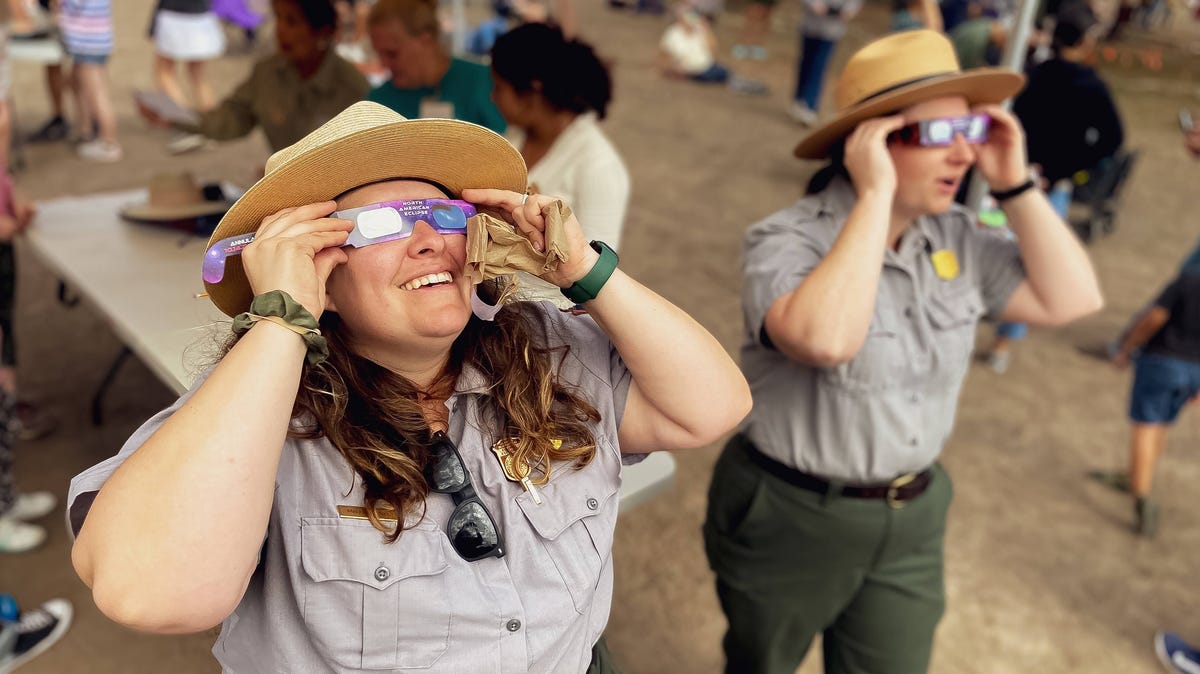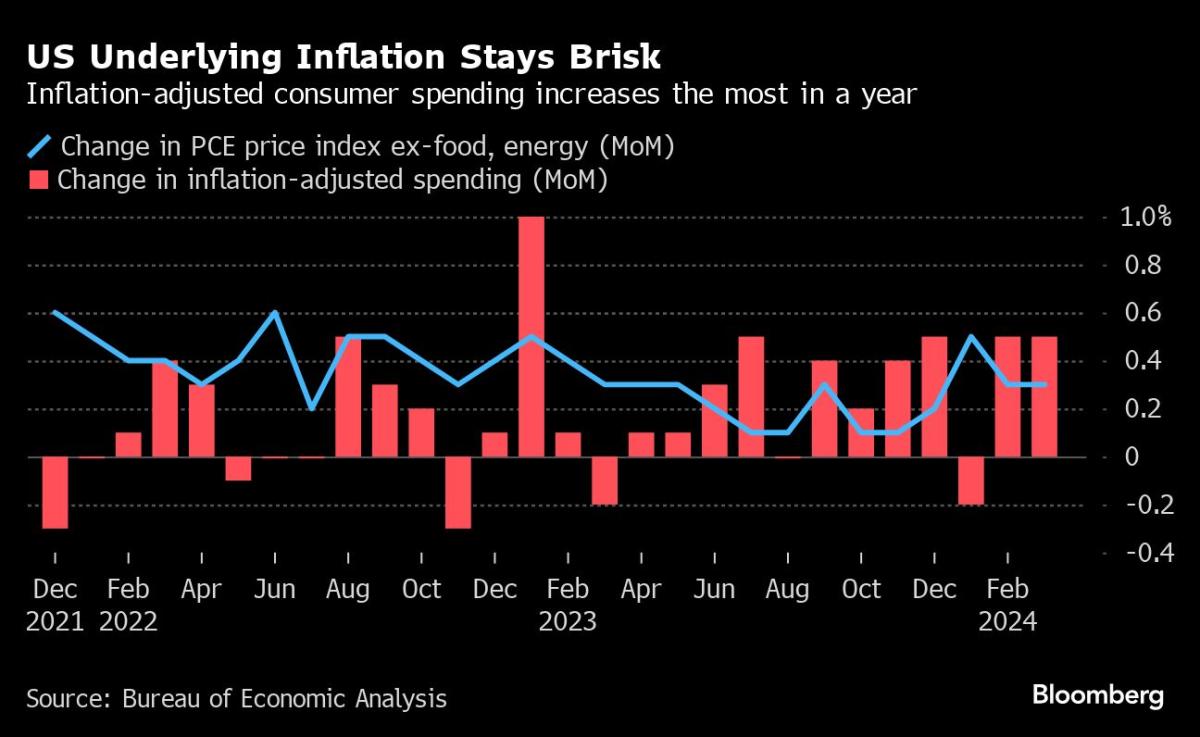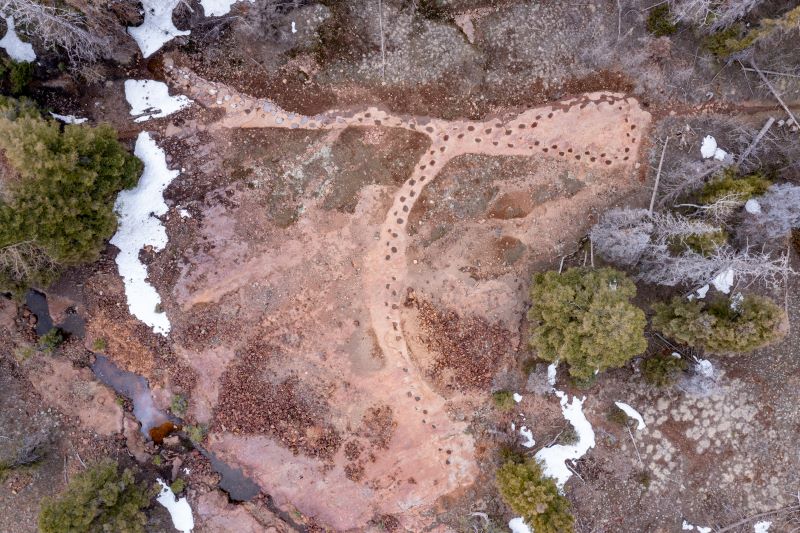Eyes to the sky! Why April’s total solar eclipse is must-see moment.
April 8, 2024 will be the last total solar eclipse visible in the contiguous United States for the next twenty years.
A large swath of the country will have a chance to witness a rare total solar eclipse next month.
For a few minutes on April 8, the moon will perfectly align with the sun, darkening skies along a path of totality from Texas to Maine.
“It’s an odd experience to watch that shadow move across the sun,” said Geoff Goins, Interpretation and Fees manager at Capulin Volcano National Monument in New Mexico. “You can see planets near the sun. You can see stars and everything.”
The unusual phenomenon, which he likened to twilight, can confuse animals and cause traffic to back up, but it’s definitely expected to wow spectators.
“Everyone’s seen pictures, but when you’re seeing it in person with your own eyes, it’s that personal experience with something that’s happening out there in the cosmos that hits you right here.” He said, patting his chest.
Goins remembers everyone around him whooping and hollering during the last solar eclipse in 2017. He traveled to Grand Teton National Park for that one and plans to travel again for this next viewing.
“Our park is having a program that day. It will be a partial eclipse here,” Goins said of Capulin Volcano. “But I’m the astronomy nerd here, so I am going to centerline.”
Travelers will be able to see the total solar eclipse at 27 units within the National Park System next month, but there are many more parks with stunning skies all year.
Where can I see the eclipse in 2024?
An interactive map posted by the National Park Service, using NASA data, shows the following park units within the path of the total lunar eclipse.
Other sites like San Antonio Missions National Historical Park in Texas, William Howard Taft National Historic Site in Ohio, and Fort Stanwix National Monument in New York lie just outside the eclipse’s path of totality.
Eclipse Island, Moon Beach: These places on the solar eclipse path have the perfect names
What national park has the best stargazing?
In most places, the total solar eclipse will only last three and a half to four minutes, according to NASA, but nearly every night, the sky puts on a spectacular show at national park units across the country.
There is no one best park for stargazing; there are many. Here are some of the parks with night sky programs. Those with asterisks, like Capulin Volcano, also have International Dark Sky Association certification.
Astrotourism 101: How to plan your vacation around dark skies
What happens in national parks at night?
Visitors who leave parks before the sun goes down miss out.
“There’s birds that make noises at night. Deer are very active … A lot of the predators will hunt at night. A lot of the rodent activity happens at night. There’s bats at night. There’s all kinds of biological activity,” Goins said. When he previously worked at Bryce Canyon, which hosts moonlight hikes, he loved pointing out the evening primrose that only blooms at night.
Nighttime is also when the sky comes alive.
“You get out, and you’re going to see a sky that you’ve never seen in your life if you grew up in a city,” he said.

Amanda Smith is a dedicated U.S. correspondent with a passion for uncovering the stories that shape the nation. With a background in political science, she provides in-depth analysis and insightful commentary on domestic affairs, ensuring readers are well-informed about the latest developments across the United States.







